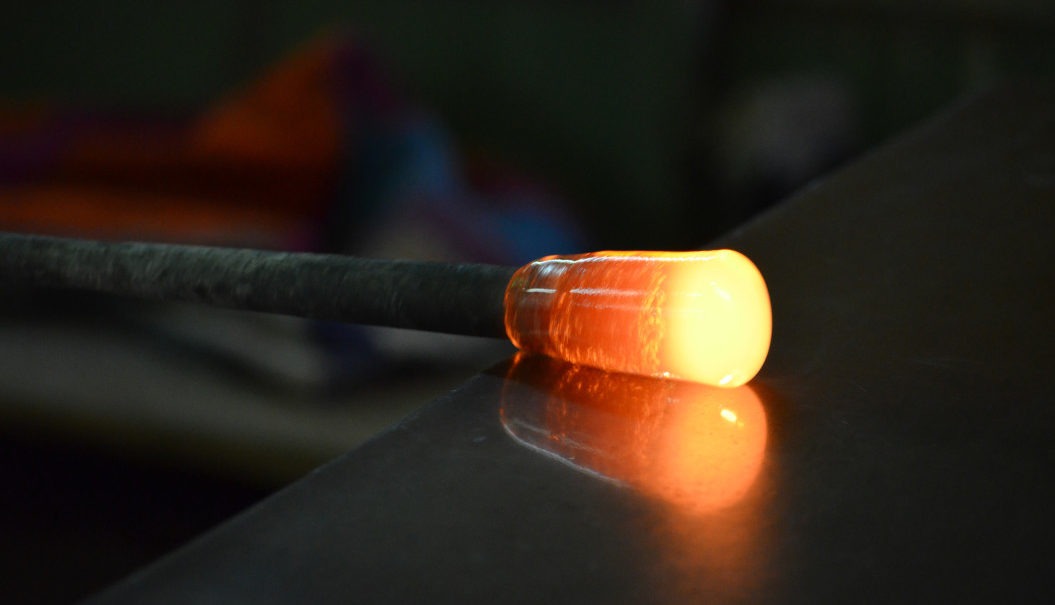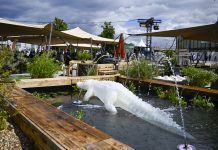Italian designers combine traditional Italian glass-making techniques with modern 3D printing technology to create an innovative lighting design called HorizON. The light fixture consists of a handmade glass shell and a carefully printed core, illuminated by LEDs.
After 3D printed houses, 3D printing is now also taking over your interior design: Designers from Italy’s glass-making capital Murano created a suspension lamp with elliptical form, combining modern 3D printing technology with traditional Italian glass-making techniques for an innovative lighting design.
Intentional Imperfections
This light fixture is more than just a pretty accent piece for your room. The creative minds behind HorizON, Arturo Tedeschi and Michael Pryor and Pavlina Vardoulaki, didn’t just want to come up with good look but rather reimagine the future of lighting design, reconsidering design values and transmuting classic, craftsman artistry of their Italian masters with 21st-century technological capabilities of the print industry:
“HorizON lamp is based on the belief that the industry of the next years won’t only evolve through a constant, technological upgrade of products, but reconsider values such as uniqueness, hand-making, and even ‘imperfection’.”
To achieve this, they comprised their HorizON light fixtures of two main parts: a carefully designed 3D-printed centerpiece, illuminated by LEDs, and an outer glass bubble, crafted through tried-and-true Italian glass-making tradition.
Sculpturing Success
The core of this light fixture is illuminated by an integrated LED lighting mechanism. The 3D-printed shape in the middle was designed to emanate just the right amount and brightness of light and is the true eyecatcher of the creation: Internal cavities dot the design’s core, allowing the 3D-printed golden clouds to offer unique glimmers of light and shadows. For the printing process, the designers of HorizON worked with a semi-transparent, nylon lining.
The glass bubble on the other hand, forms from two separate halves that are individually shaped, ground, and polished by hand in order to resemble two individual, transparent petals, which are installed around the 3D-printed artwork, wrapping it within. Going with the traditional glass-making techniques, sculpturing the glass petals takes at least two days of manual work and additionally one day or longer to have it cool down, before it can be polished to completion. In order to produce the wavy, dangling glass, the glassmaker utilizes CNC-milled molds. These molds follow a sculpting process that chisels away at masses of its material, emphasizing both meticulousness of the glassmaker’s learned craftsmanship and the freeform created thanks to the impact of the human touch. Therefore, the final piece of artwork still possesses unique and distinct imperfections that make each and every piece a unicum in its own way.
Letting Craftsmanship Shine
Of course, we know that the HorizON light fixture could also be entirely created by using 3D printing technology – glass printing was a real breakthrough back in 2015, that opened up yet another level of 3D printing, and just a few months ago, hybrid perovskite materials were used for another printing revolution, printing LEDs. But seeing cutting-edge, modern technologies used in a way to let traditional craftsmanship shine is always a pleasure. And in instances such as this one, they might even produce a more interesting and special result!













